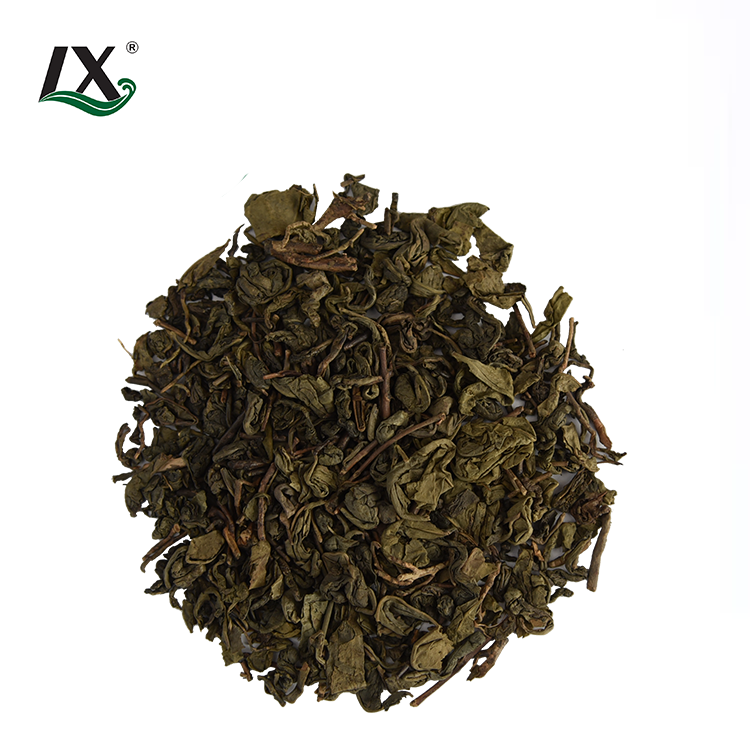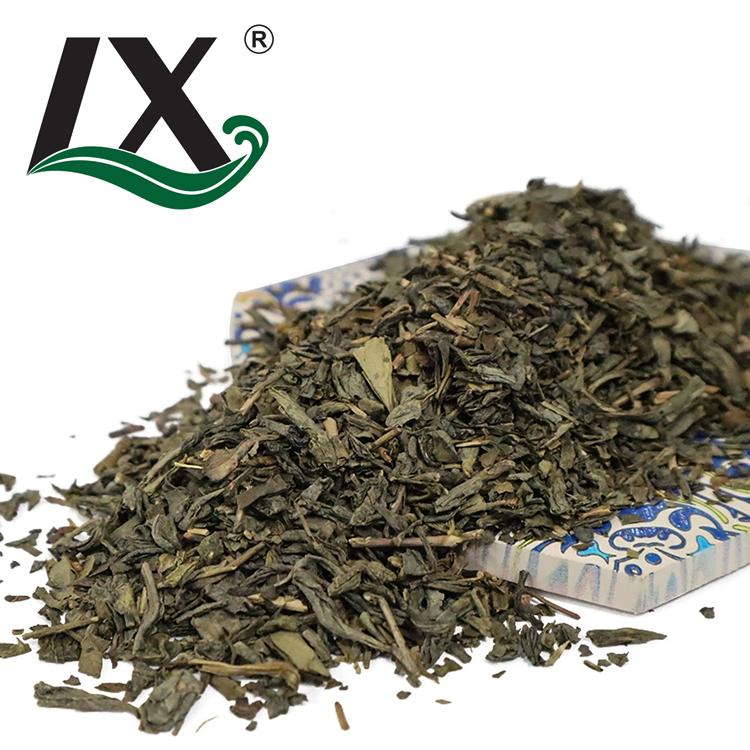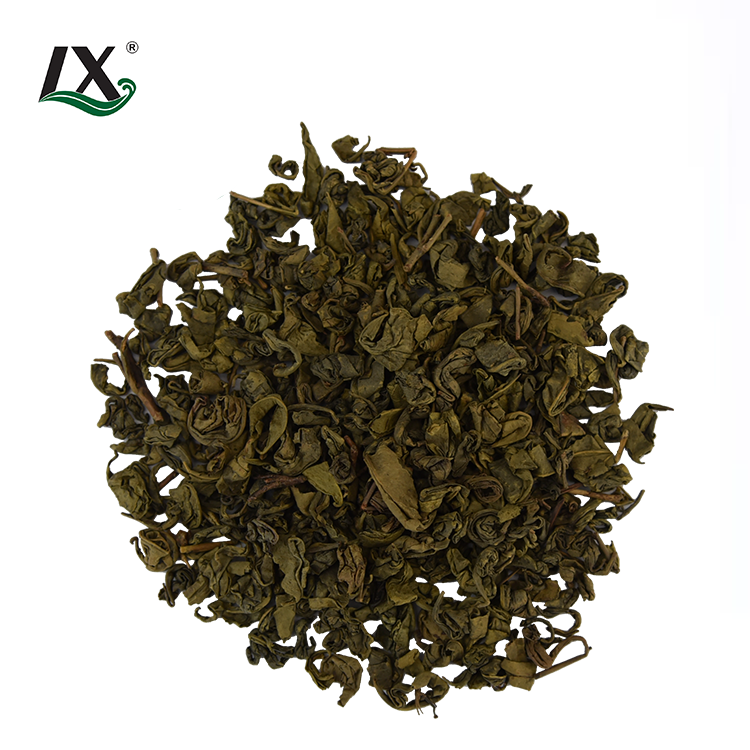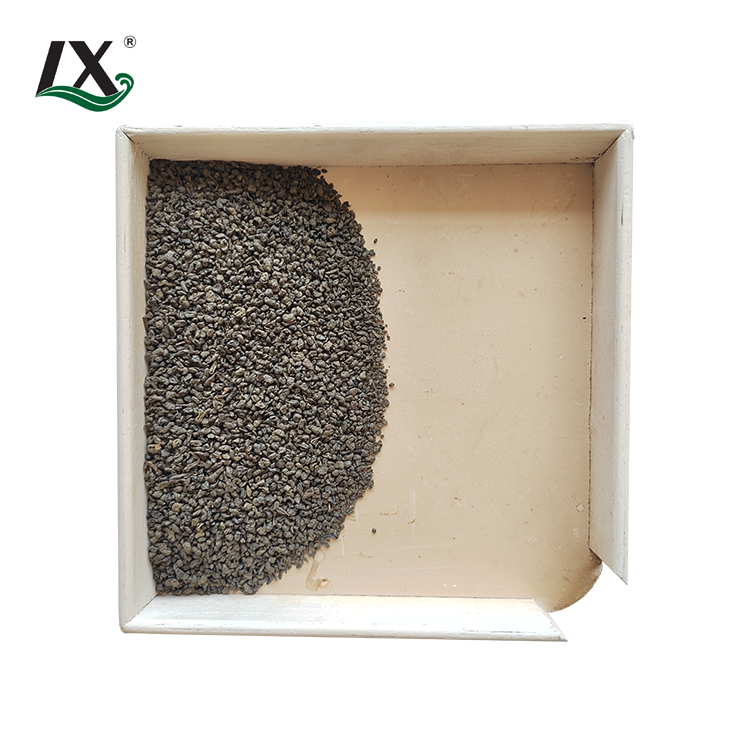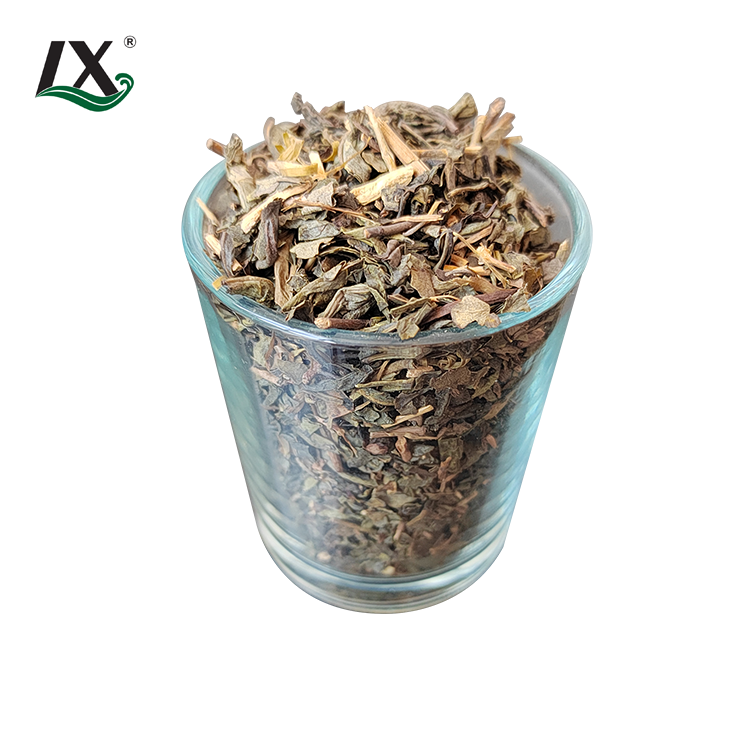Why China Tea Cake Is a Must-Try for Every Tea Enthusiast
Tea lovers are always on the hunt for unique and high-quality teas and Chinese tea culture brings them many different experiences. They may be curious: what is the most famous green tea in China or what is the best oolong tea in China. In this blog, China tea cake has been introduced. Chinese tea culture offers an unparalleled experience through its legendary tea cakes. China tea cake is not just a beverage; it's a journey through history, taste, and tradition. For every tea enthusiast, tasting and experiencing China tea cake is an absolute must, and here’s why.
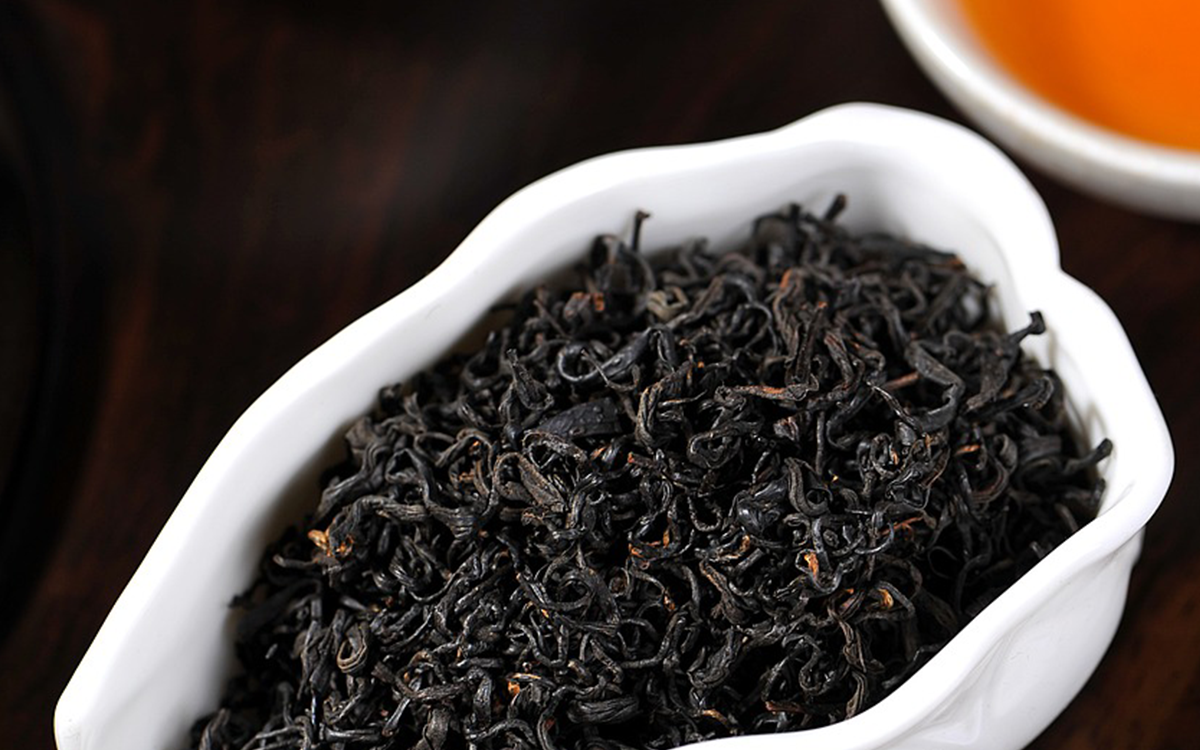
Understanding China Tea Cake: A Brief Overview
China tea cake, known as "Cha Bing" in Chinese, is a unique form of compressed tea traditionally shaped into discs, bricks, or other compact forms. These tea cakes are typically crafted from whole tea leaves that have been carefully processed through a series of steps, including steaming, pressing, and drying. This method of compression not only facilitates easier storage and transportation but also allows the tea to age gracefully, enhancing its flavor profile over time. The most renowned type is the Pu-erh tea cake, which originates from Yunnan province and is prized for its complex taste and aging potential. However, China tea cakes also include varieties made from other teas, such as white tea and green tea, each offering distinct flavor notes and cultural significance. These cakes embody centuries-old Chinese tea traditions, representing both the art of tea-making and the rich heritage of tea culture.
Historical Significance of Chinese Tea Cakes
Chinese tea cakes have a profound and storied history that extends over several millennia, deeply intertwined with China’s cultural and economic past. Originating as early as the Tang Dynasty (618-907 AD), these compressed tea forms were not merely a beverage but a valuable commodity with extensive trade implications.
The origins of tea cakes are closely linked to the Ancient Tea Horse Road, an extensive network of trade routes connecting China's tea-producing regions with Tibet, India, and beyond. This route was crucial for the exchange of goods, where tea cakes were traded for essential items like horses, salt, and other resources. The tea cakes’ compact, durable form made them ideal for long journeys, serving both as a practical source of nutrition and a form of currency in these transactions. The significance of tea cakes as trade items highlights their historical role in shaping regional economies and interactions.
During the Tang (618-907 AD) and Song (960-1279 AD) dynasties, tea cakes gained prominence for their convenience and value. They were highly prized among travelers, traders, and even royalty due to their ease of transport and long shelf life. This era saw the rise of various tea types, including the well-regarded Pu-erh tea, which was especially favored by emperors for its unique aging process and rich, evolving flavors.
The Ming Dynasty (1368-1644 AD) continued the tradition of valuing tea cakes, solidifying their place in both daily life and ceremonial practices. The practice of compressing tea leaves into cakes was not only a method of preservation but also a reflection of the cultural and economic importance of tea in Chinese society.
Today, the legacy of Chinese tea cakes persists, with their historical significance adding depth to the experience of brewing and enjoying tea. Each cup of tea brewed from a China tea cake connects modern consumers with an ancient tradition of trade, culture, and craftsmanship.
What Makes China Tea Cake Unique?
China tea cake stands out due to its intricate production methods, diverse flavor profiles, and notable health benefits. These elements combine to create a tea experience that is both historically rich and uniquely satisfying.
Varieties of Chinese Tea Cakes
Chinese tea cakes come in several distinct varieties, each offering a unique sensory experience:
Pu-erh Tea Cake: This is perhaps the most renowned type of Chinese tea cake. Pu-erh tea cakes are characterized by their deep, earthy flavors, which result from a natural fermentation process. The tea leaves undergo a fermentation and aging process that can span several years or even decades. This aging imparts a complex, robust flavor profile that evolves over time, often with notes of wood, leather, and sometimes a hint of sweetness. The long aging process, similar to fine wine, enhances the tea’s value and depth of flavor.
White Tea Cake: In contrast to Pu-erh, white tea cakes are known for their delicate and light flavor. They offer a subtle, floral taste with a smooth finish. White tea cakes are made from young tea leaves and buds that are minimally processed, which helps preserve their natural, nuanced flavors. They are typically less fermented than other varieties, resulting in a more subtle and refined taste.
The Fermentation Process
The fermentation process is central to the unique characteristics of China tea cakes, particularly Pu-erh tea cakes. During fermentation, tea leaves are exposed to microorganisms that break down the leaves’ compounds, resulting in a transformation of flavor and texture. This process is carefully controlled and can vary significantly, affecting the final taste and quality of the tea. Over time, the tea cakes develop a rich, layered flavor profile that can continue to evolve as they age, adding to their complexity and appeal.
Health Benefits and Nutritional Value
China tea cakes offer several health benefits, thanks to their unique processing methods. They are known to aid digestion, boost metabolism, and help reduce cholesterol levels. The fermentation process also introduces beneficial probiotics, which can support gut health and improve digestion. Additionally, tea cakes are rich in antioxidants, which can help combat oxidative stress and promote overall well-being. These health benefits, combined with their rich flavors, make Chinese tea cakes a treasured part of both traditional and modern tea cultures.
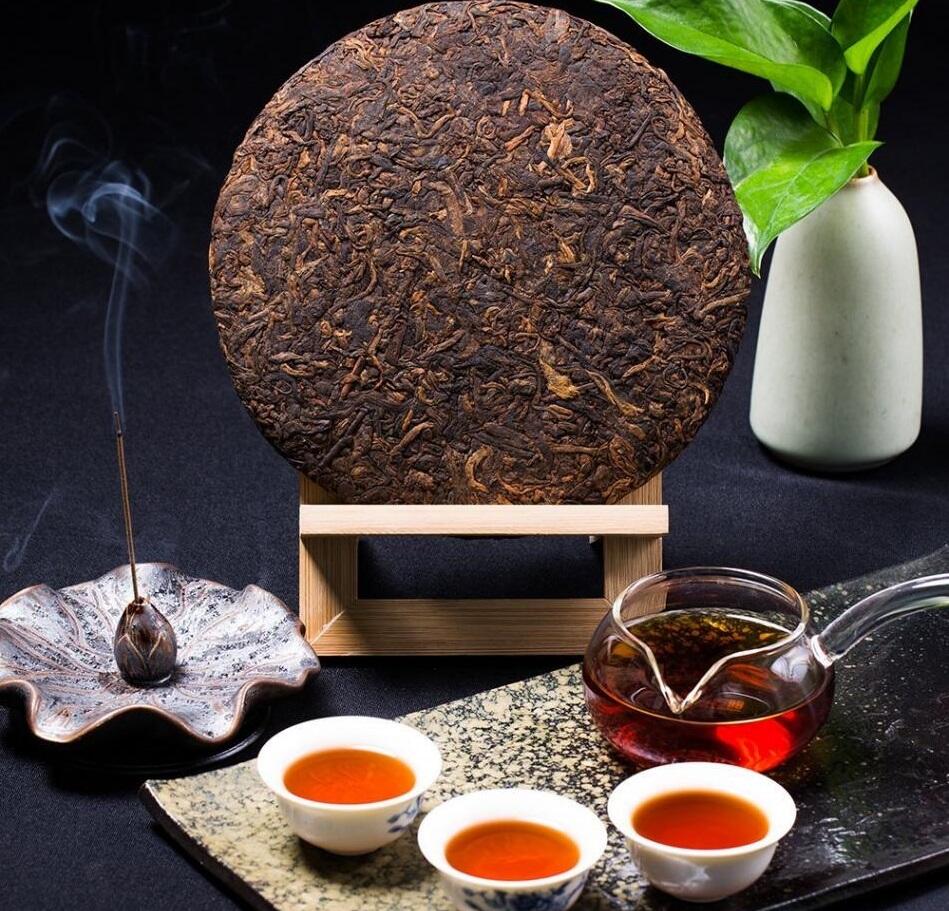
How China Tea Cake is Produced
The production of China tea cake is a meticulous and time-honored process, honed over centuries to create a tea product of exceptional quality and character.
Traditional Processing Methods
The journey of China tea cake begins with the careful selection of tea leaves, often sourced from old-growth tea trees. These leaves are typically harvested during the optimal season to ensure the highest quality. Once harvested, the leaves undergo a process of withering, where they are spread out to reduce their moisture content and make them more pliable. This step is crucial for achieving the desired texture and flavor in the final product.
After withering, the leaves are steamed to halt oxidation and preserve their green color. This steaming process is followed by a period of cooling and shaping. The next critical step is pressing, where the steamed leaves are molded into the characteristic cake shapes. This can be done using traditional hand-pressing techniques, which are highly valued for their craftsmanship, or through mechanical presses. Hand-pressed cakes are often considered superior due to the artisanal skill involved.
Aging and Fermentation
Once pressed, the tea cakes are left to age in a controlled environment. This aging process is crucial as it allows the tea to undergo natural fermentation, during which the flavors and aromas develop and mature. The conditions under which the tea cakes are aged—such as humidity and temperature—are carefully managed to influence the final taste.
The length of the aging process can vary significantly. Some tea cakes are aged for only a few months, while others may be stored for several decades. As tea cakes age, their flavors become more complex and nuanced, often developing deep, earthy tones and rich aromatic profiles. This gradual transformation is similar to the aging of fine wines and contributes to the tea's esteemed value and depth.
In summary, the production of China tea cake is a blend of traditional techniques and natural processes that culminate in a product celebrated for its distinctive flavors and historical significance.
How to Properly Brew China Tea Cake
Brewing a China tea cake is an art that requires careful attention to detail and the right equipment to achieve the best results. Here’s a guide to ensure you get the most out of your tea cake experience:
Tools You Need
Tea Knife: A specialized tool used to break off small, manageable pieces from the tea cake. It helps avoid damaging the leaves and ensures you use just the right amount for brewing.
Gaiwan or Teapot: Essential for steeping the tea, a gaiwan (a traditional Chinese lidded bowl) or a teapot will allow you to control the brewing process effectively. A gaiwan is particularly suited for shorter infusions and allows you to appreciate the tea's evolving flavors.
Tea Tray and Pitcher: A tea tray helps catch any spills and provides a stable surface for the tea ceremony. A pitcher, or cha he, is used to pour the brewed tea, ensuring a consistent flavor by mixing any variations in strength.
Brewing Techniques for Different Tea Cakes
The brewing method varies depending on the type of tea cake:
Pu-erh Tea Cake: Start by rinsing the tea leaves with hot water. This step, known as "waking the tea," helps to release the tea’s aroma and remove any dust or impurities. After rinsing, use boiling water for steeping. Pu-erh tea can withstand multiple infusions, with each steeping revealing different layers of flavor. Adjust the steeping time based on your preference, typically ranging from 20 seconds to a few minutes.
White Tea Cake: For white tea cakes, use slightly cooler water (around 175°F or 80°C) to avoid burning the delicate leaves. Steep for a shorter time, usually between 1 to 3 minutes. This gentle approach preserves the light, floral notes of the tea and prevents over-extraction, which can lead to bitterness.
By following these guidelines and using the right tools, you can unlock the full potential of your China tea cake and enjoy a rich, nuanced tea experience.
Popular Varieties of Chinese Tea Cakes
Pu-erh Tea Cake
Pu-erh tea cake is the most iconic and celebrated variety of Chinese tea cake, distinguished by its deep, earthy flavor profile. This tea is produced in Yunnan province and comes in two main forms: raw (sheng) and ripe (shou). Raw Pu-erh tea cakes are made from leaves that undergo a natural fermentation process, developing complex flavors over time, often with notes of wood, leather, and a hint of sweetness. Ripe Pu-erh tea cakes, on the other hand, are subjected to an accelerated fermentation process known as “wo dui,” resulting in a smoother, richer flavor with a darker, more robust taste. Both forms offer unique tasting experiences, with raw Pu-erh evolving over years and ripe Pu-erh providing immediate richness.
White Tea Cake
White tea cakes are crafted from young tea leaves and buds that are minimally processed, preserving their delicate nature. They are known for their light, floral flavor, which can include subtle notes of fruit and honey. As white tea cakes age, their flavor profile becomes sweeter and more nuanced, often developing a complex, mellow character over time. This aging process enhances the tea’s natural sweetness and aromatic depth, making each infusion a unique experience.
Tasting Notes: What to Expect from China Tea Cake
Flavor Profiles
China tea cakes present a fascinating spectrum of flavors, reflecting their diverse types and production methods. Pu-erh tea cakes are renowned for their deep, woody, and earthy notes. These teas often feature a robust, full-bodied flavor with complex undertones that can include hints of leather, soil, and even subtle sweetness. The specific characteristics can vary between the raw (sheng) and ripe (shou) varieties, with raw Pu-erh typically offering more pronounced, evolving flavors over time, while ripe Pu-erh provides a smoother, richer taste.
White tea cakes, in contrast, are celebrated for their delicate and refreshing qualities. They usually exhibit a light, floral flavor profile with nuances of fruit and honey. The taste is often described as clean and elegant, with a lingering, pleasant aftertaste that leaves a subtle sweetness on the palate.
Aging and Its Impact on Taste
Aging plays a crucial role in the development of China tea cakes’ flavors. For Pu-erh tea cakes, aging smooths out the rough edges of the tea, allowing deeper, more nuanced flavors to emerge. Over the years, these teas can develop a mellow, round quality with complex layers of taste that can include richer, darker notes and a more refined sweetness.
White tea cakes also benefit from aging, though in a different manner. As these cakes age, their floral notes become more pronounced and they develop a richer, more fragrant aroma. The tea’s flavor profile evolves into a more sophisticated sweetness with a greater depth, providing a richer and more harmonious taste experience.
Why China Tea Cake Is Popular Among Tea Enthusiasts
The Art of Collecting and Aging Tea Cakes
For many tea enthusiasts, collecting China tea cakes is more than just a hobby—it's a form of art. Each tea cake has its own unique origin, production history, and potential for aging, making it a collectible with its own story. The aging process of tea cakes, especially Pu-erh, adds to their allure. Over time, the flavors of these cakes evolve, becoming more complex and nuanced. This transformation can span several years or even decades, turning each brew into a unique experience. Collectors appreciate not only the evolving taste but also the potential investment value, as well-preserved and aged tea cakes can become highly sought after.
The Cultural Experience
Drinking China tea cake is also deeply rooted in cultural tradition. The practice is often accompanied by the traditional Chinese tea ceremony, Gongfu Cha. This ceremonial approach emphasizes precision and mindfulness, turning tea drinking into a meditative and aesthetically pleasing ritual. Gongfu Cha focuses on the skillful brewing of tea, highlighting the tea's qualities and enhancing the overall experience. The ceremony not only elevates the act of drinking tea but also connects enthusiasts to centuries-old traditions and practices, making the enjoyment of China tea cakes a rich cultural experience as well as a sensory one.
How to Choose the Best China Tea Cake
Identifying Quality Tea Cakes
When selecting a China tea cake, start by examining the leaves for uniformity. High-quality tea cakes feature leaves that are consistent in size and shape, with minimal presence of stems and twigs, which can affect the tea's flavor and smoothness. The appearance of the cake should be even in color, indicating a well-processed and aged product. Any noticeable discolorations or irregularities might suggest inconsistencies in production. Additionally, assess the aroma of the tea cake. A fresh, inviting scent—earthy for Pu-erh or floral for white tea—is a good sign of quality and proper storage. An off or musty odor could indicate spoilage or improper aging conditions.
Selecting Based on Flavor Preferences
Choosing the right tea cake also hinges on your personal flavor preferences. If you enjoy bold, complex flavors, opt for a Pu-erh tea cake. These are known for their rich, earthy notes that develop and deepen with age. Conversely, if you prefer a lighter, more delicate flavor profile, a white tea cake would be ideal. White tea cakes offer a subtle, floral taste with a gentle sweetness, perfect for those who favor a more refined tea experience.
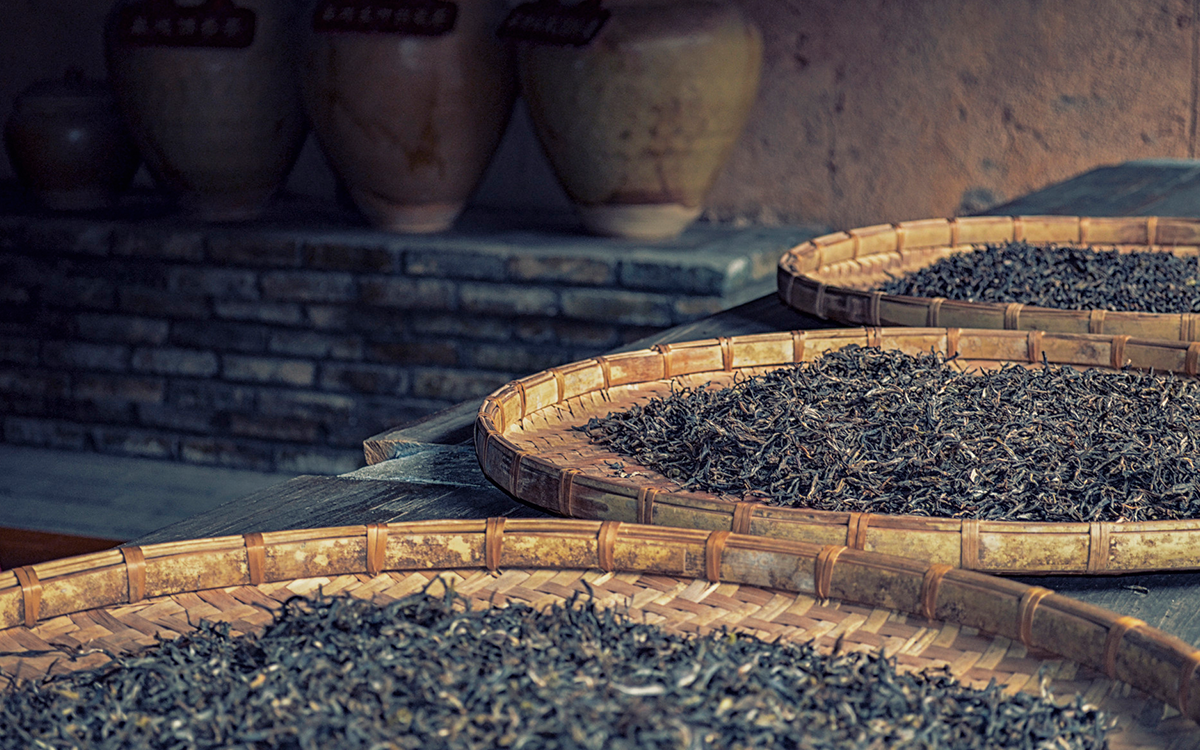
Conclusion
China tea cake is more than just a tea; it’s a journey into the heart of Chinese culture, history, and flavors. From the ancient tea trade routes to modern-day tea ceremonies, these compressed tea discs encapsulate a timeless tradition that continues to fascinate tea enthusiasts worldwide. Whether you are new to the world of tea or an experienced connoisseur, trying a China tea cake is an enriching experience that every tea lover should explore.







